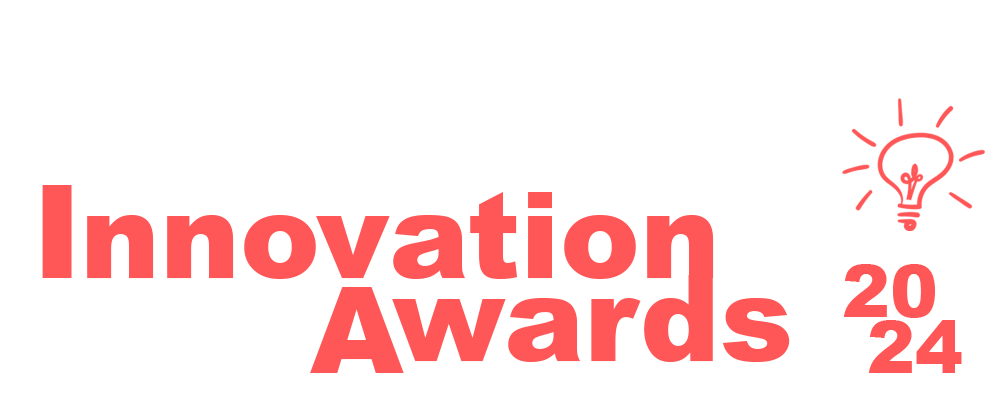
The garden shifts water education from passive learning to an immersive, hands-on experience. Visitors engage with the water cycle through playful, accessible activities that blend education and entertainment, making water science fun for all ages, with a big wow factor.
Co-Creation with Children
The garden was one of the first in the sector to be created together with children. This design process ensured that the garden was both engaging and educational, with children’s insights shaping the layout and activities.
This collaborative approach highlights the need to design attractions that resonate with visitors and serves as a model for engaging key audiences in the creation process.
Year-Round, Inclusive Design
Unlike many outdoor attractions, the water garden is open year-round, ensuring continuous interaction regardless of weather conditions. Its inclusive design goes beyond accessibility for wheelchairs—it’s fun and enriching for individuals with physical, intellectual, hearing, or visual disabilities. Sensory-based activities ensure a universally engaging experience for all abilities. This accessible approach broadens the visitor base and serves as an industry leader for inclusivity.

Multisensory, Interactive Fun
Visitors immerse themselves fully in the water experience through multisensory, interactive activities. Climbing through sand filters, walking under a giant water umbrella, making clouds, and cycling to spray water are just some of the ways visitors can actively engage. This hands-on, fun approach sparks curiosity and encourages critical thinking.

Blueprint for Future Visitor Experiences
Blending play, technology, and sustainability, the Blue Water Garden sets a new standard for visitor attractions. It serves as a blueprint for future destinations, showcasing how environmental education can be both socially responsible and commercially viable.

Immersing and Engaging the Audience
Visitors are fully involved through a multisensory blend of sight, sound, touch, and smell. Active participation brings the water cycle to life, making the learning process memorable. Playful learning, storytelling, and hands-on activities ensure visitors of all ages leave with a deeper understanding of water conservation.

Key Design Choices
Interactive Elements/Playful Learning: Features like climbing through sand filters, walking under a water umbrella, and making clouds encourage active participation, fostering curiosity and dynamic learning. Visitors are invited to become part of the water cycle.

Multisensory Engagement: The garden engages multiple senses. Visitors can feel different soil layers, hear rain, and smell the earth, making water education tangible.
Inclusive Design: Thoughtfully designed for visitors with physical, mental, and sensory disabilities, the water garden provides a universally accessible and enjoyable experience.
Year-Round Engagement: The water garden remains engaging even in winter, with features that work in all seasons. This ensures that visitors stay connected with the experience, no matter the weather.
Co-Creation with Children: Involving children in the design process ensured that the water garden is engaging for younger audiences. Their feedback shaped the activities and layout, making it a family-friendly, child-centered space.
Environmental Sustainability: Eco-conscious materials and water-efficient systems, including recycled water, support both the educational and environmental goals of the garden.
The Blue Water Garden is a carefully designed unique space that not only educates and entertains, but also connects visitors. Through its innovative design, it sets new standards for the future of visitor attractions.
Partners
- Carve: design
- Move & Play: construction & project
- Smolenaers: construction iron/aluminium exhibits
- CooTech: techniques & water technology
- Boon Edam: walk-through gate
- Veolia: techniques
- Natacha Buts: project leader Hidrodoe
- Pidpa: water technology & techniques


